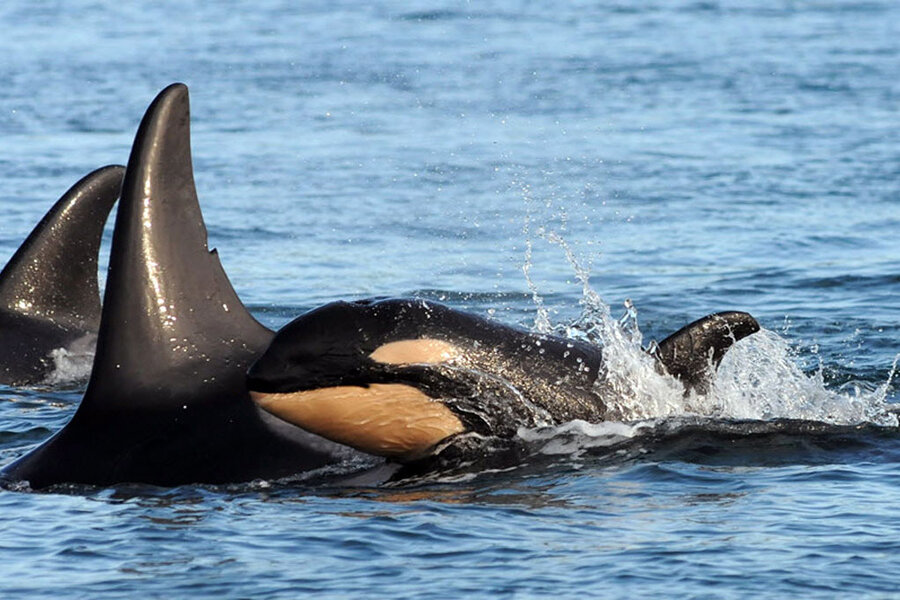Europe's orcas are at risk of extinction. Can anything be done to save them?
Loading...
Poisonous chemicals banned decades ago threaten to irreparably harm orca whale populations around areas of Europe, ecologists say.
The study, release Thursday, took samples of 1,000 orca whales, dolphins, and porpoises found that they were being harmed by PCBs (polychlorinated biphenyl). The scientists and study urged stricter rules for disposal of materials containing the toxic chemicals.
PCBs are persistent organic compounds that were once widely used in plastics and building materials. They have been deemed highly toxic to wildlife and humans by public health officials. Although the chemicals were banned decades ago, they can still be released by improper disposal of old paints, electrical equipment, and construction materials from the 1980s.
"It is leaching from landfills into rivers and estuaries, and eventually into the marine environment," lead author of the study Paul Jepson of the Zoological Society of London told the Agence France Presse.
PCBs left in unsealed storage sites can wash into rivers and then be carried into the seabed where they readily pass up the food chain to top predators including whales and dolphins.
"It's really looking bleak ... We think there is a very high extinction risk for killer whales as a species in industrialized regions of Europe," Mr. Jepson told a telephone news conference.
The researchers urge for stronger restrictions on how materials containing PCBs are stored after finding that marine mammals off the coasts of Spain, Ireland, Portugal, Slovenia, and Britain have some of the highest levels of PCPs in the world. Those off the coasts of the United States had notably lower levels, likely because the US banned the compounds in 1979, almost a decade before the European community, which did not prohibit them until 1987.
PCBs, which are resistant to heat, chemical attack, and natural degradation, are notoriously difficult to destroy.
In 2013, the University of Calgary discovered a way to destroy hazardous PCBs in soil by using UV light. However, the study urges stricter rules on how products that contain the dangerous chemical are disposed, reducing the chance of PCBs entering the environment.
This report includes material from Reuters.








